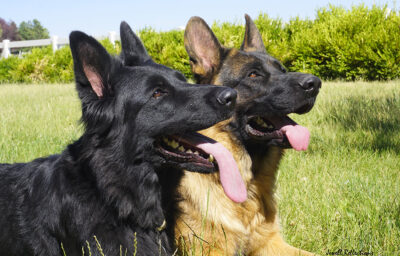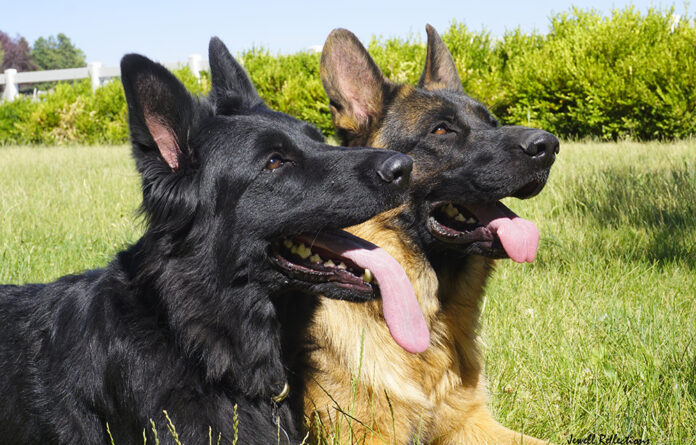By Fran Jewell

These days, if you do an Internet search about dog training, you will find extremes from one end of the spectrum to the other. I read an article the other day that talked about “the state of your dog’s mind” in how it relates to the dog responding to a simple command like “sit.” It was encouraging that we consider what the dog was feeling before we ask a dog to do something.
My thoughts about this came quickly. What happens in an emergency situation where you need the dog to “come!” because there is a moose on the trail? Do I stop and ask myself, “How is my dog’s state of mind?” before I tell him to “come”?
The new trend is “force-free and intimidation-free” training. In another incident, I saw an advertisement for only positive gun dog training. I just can’t imagine how one can use only positive reinforcement with a dog whose hunt drive is stronger than his toy or food drive. Maybe I am not being creative enough.
A dog’s life is not dependent upon whether he feels like doing something. This would be the same as a spoiled child that decides to spit on someone’s food in a restaurant. (This indeed DID happen to me with a 6-year-old boy whose parents never even apologized!). I guess he felt like spitting but there were no consequences for his actions. When this boy grows up, his life is not going to be fun when he decides to commit some crime because he feels like it!
While I don’t encourage folks to treat their dogs like their babies, there are many similarities to child rearing. When we fail to provide some sort of consequence for unacceptable behavior, we are not giving the dog the entire picture. In real life, there are consequences. If a dog bites a porcupine, he gets a snout full of quills. If a dog offends another dog, the other dog will respond with a consequence—a growl or a raised lip, or more.
The consequence depends entirely on the dog and if it makes sense to him as a dog. While I cannot sit here and give a list of consequences for every incident, I can say that consequences should be quick, confident and FAIR, and in line with the infraction. Just like in our own lives, jail sentences strive to reflect the severity of the crime.
The day of brutal consequences is over. But, the extreme of no consequences has infiltrated to such a point that now many dogs abuse their owners. Yes, DOGS CAN ABUSE THEIR OWNERS! A dog with no manners can pull someone over and hurt them seriously. I had a friend whose 110-pound dog pulled her over and BROKE HER FACE! Yes, she had to have several reconstructive surgeries. However, she and her husband had been told they could only use a flat collar or a harness on Brutus AND were also told they should never say “no” or raise their voice to their dog. If they did, it would be cruel to the dog. Truly, who was cruel to whom in this scenario?
In all things, there is a time and a place. Our job is to be reasonable, fair and “balanced.” It sure can be hard if you don’t have experience. It is imperative that we know what is acceptable for dogs to do, and we need to know what is effective to help the dog learn the difference between acceptable and unacceptable behaviors.
Fran Jewell is an IAABC Certified Dog Behavior Consultant, NADOI Certified Instructor and the owner of Positive Puppy Dog Training, LLC in Sun Valley. For more information, visit positivepuppy.com or call 208-578-1565.



